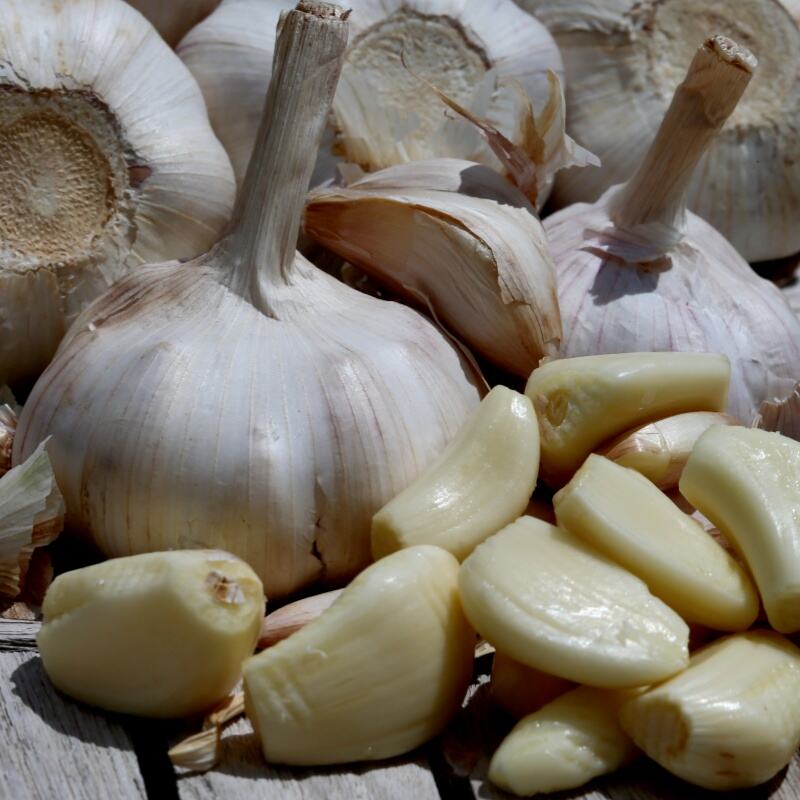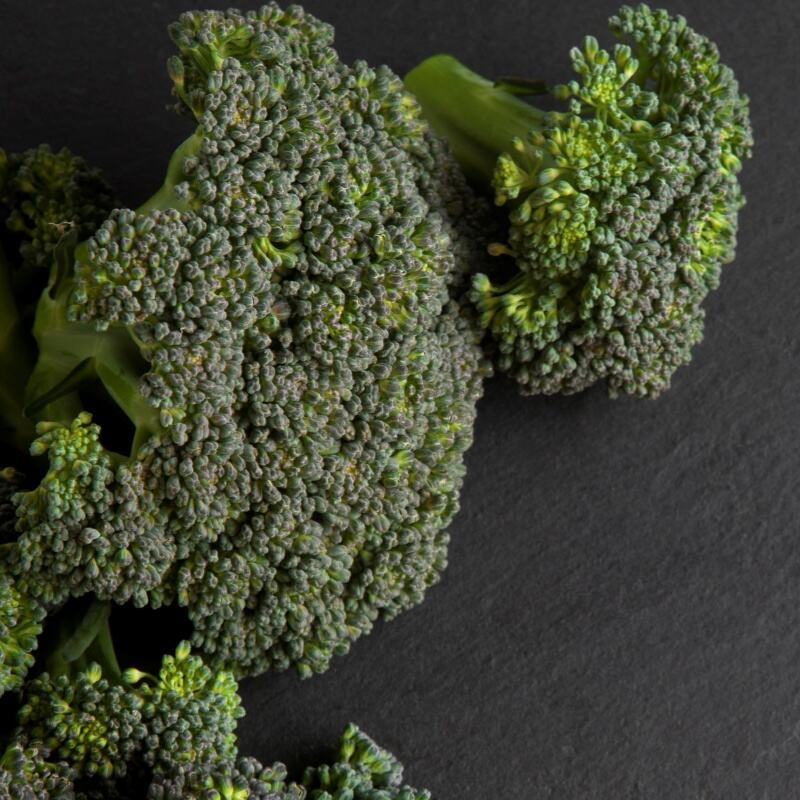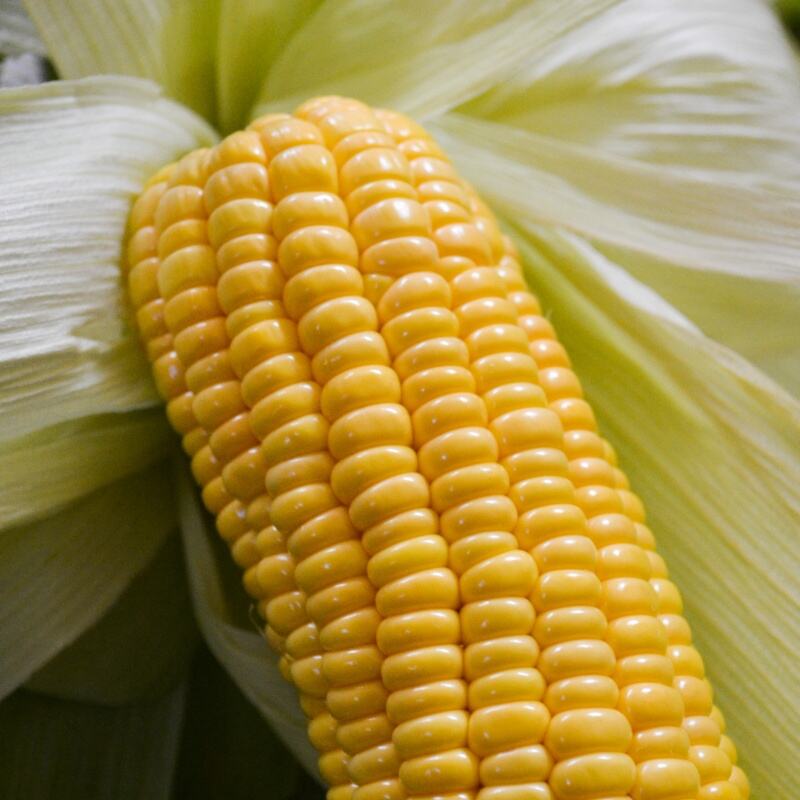frozen vegetables price
Frozen vegetables price represents a critical metric in the modern food industry, reflecting the intersection of agricultural production, processing technology, and consumer demand. This comprehensive pricing structure encompasses various factors including harvesting costs, flash-freezing processes, storage requirements, and distribution networks. Modern flash-freezing technology allows vegetables to be preserved at peak freshness, maintaining their nutritional value while providing year-round availability. The price point typically factors in sophisticated IQF (Individual Quick Freezing) systems, energy-efficient cold storage facilities, and quality control measures. Market dynamics significantly influence frozen vegetable pricing, with seasonal variations, production volumes, and transportation costs playing crucial roles. These prices often reflect investments in advanced sorting equipment, automated packaging systems, and compliance with food safety regulations. The pricing structure also considers the convenience factor, as frozen vegetables offer extended shelf life and reduced food waste compared to fresh alternatives. In the current market, frozen vegetable prices serve as an important indicator of food accessibility and agricultural efficiency, balancing production costs with consumer affordability.


